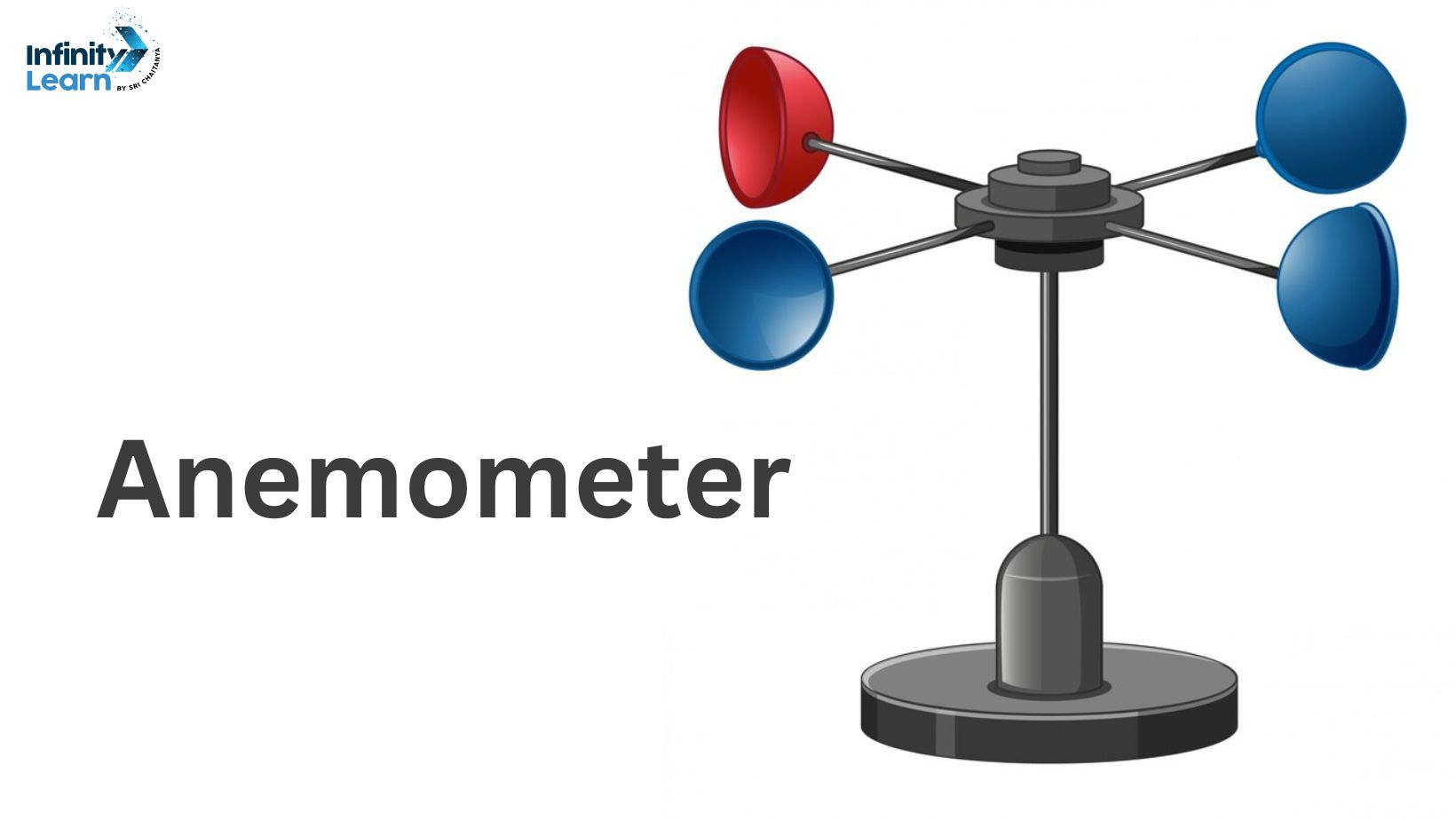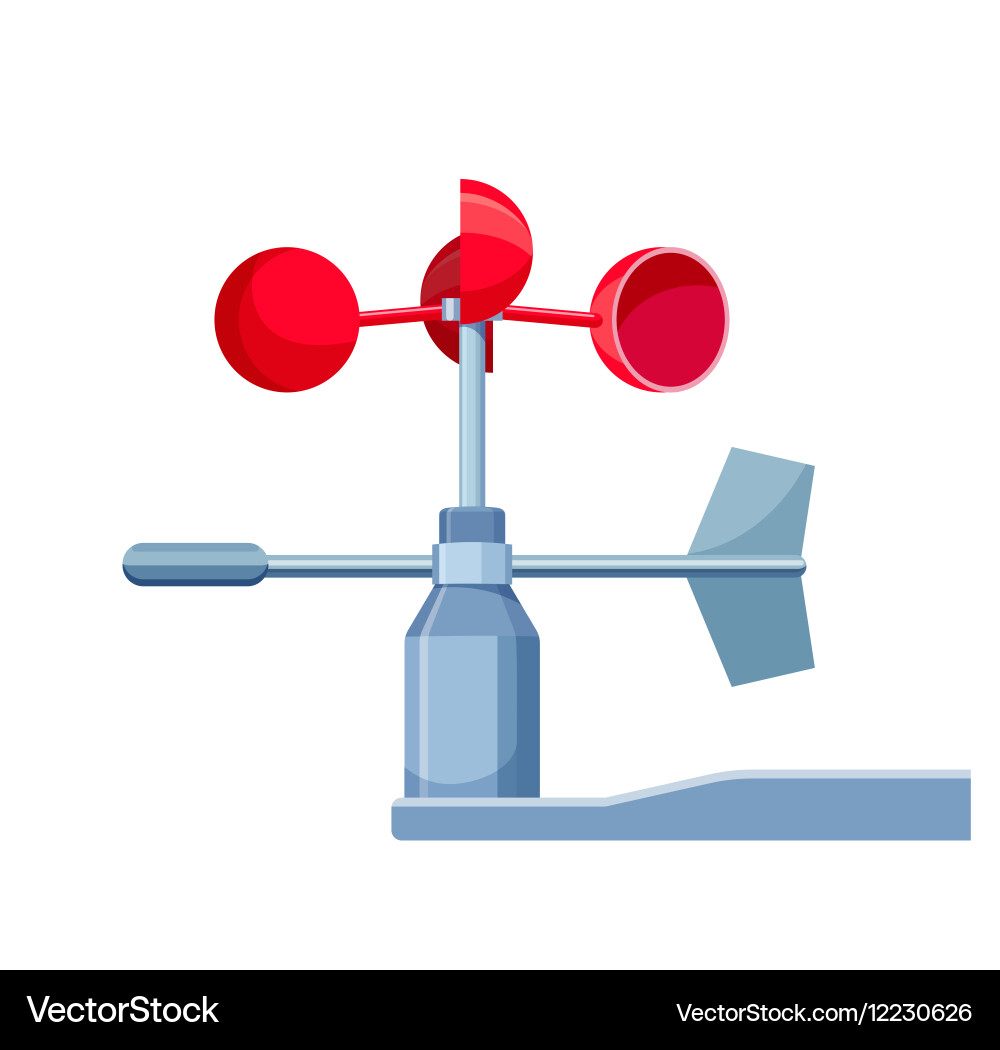Understanding Different Sorts Of Anemometers for Various Applications
Understanding Different Sorts Of Anemometers for Various Applications
Blog Article
Checking Out the Functions and Advantages of Anemometers for Weather Lovers and Specialists
From cup anemometers to sonic anemometers, each kind brings its one-of-a-kind collection of benefits and applications, losing light on various aspects of climatic problems. As we dive into the features and benefits of anemometers, a much deeper understanding arises not just of prevailing weather condition phenomena yet additionally of the more comprehensive ramifications for sectors like wind power manufacturing and ecological research.
Value of Anemometers in Weather Surveillance
Anemometers play a critical role in weather tracking by offering accurate measurements of wind speed, helping in forecasting and understanding weather condition patterns. These tools, varying from traditional cup anemometers to modern ultrasonic anemometers, are necessary for meteorologists, researchers, and climate fanatics alike.

Sorts Of Anemometers and Their Applications
With the important role anemometers play in climate tracking and projecting, comprehending the numerous types of these tools and their applications comes to be crucial for professionals and fanatics in the area. One of the most typical kinds of anemometers consist of cup anemometers, vane anemometers, hot-wire anemometers, and ultrasonic anemometers. Mug anemometers contain 3 or four mugs installed on straight arms that revolve with the wind, gauging its rate. Vane anemometers, on the other hand, use an openly rotating vane to align with the wind direction, giving both wind rate and instructions measurements. Hot-wire anemometers run based on the concept of convective warmth transfer, where the cooling result of the air circulation is gauged to determine wind rate. Ultrasonic anemometers utilize ultrasonic acoustic wave to determine wind speed and instructions precisely.
Mug anemometers are suitable and robust for general weather condition surveillance, while vane anemometers are preferred for directional dimensions. Ultrasonic anemometers are non-intrusive and offer high accuracy, typically made use of in research and specialized climate tracking applications.
Advantages of Utilizing Anemometers in Projecting
In weather forecasting, the use of anemometers supplies very useful benefits for enhancing the accuracy of weather projecting. Anemometers determine wind rate and instructions, supplying vital information for forecasting climate patterns. By incorporating wind data into forecasting designs, meteorologists can much better understand the movement of weather condition systems, anticipate modifications in climatic conditions, and issue extra exact forecasts.
Additionally, anemometers play a vital role in assessing prospective climate hazards. Keeping track of wind speeds assists forecasters forecast severe weather events such as cyclones, hurricanes, and winter season storms with better precision. This early warning system allows authorities to provide prompt alerts and carry out necessary security actions, minimizing the dangers to life and residential or commercial property.
Additionally, anemometers aid in maximizing renewable energy production. By examining wind patterns, meteorologists can recognize appropriate locations for wind ranches and anticipate power output, adding to the effective generation of wind power.

Anemometers in Wind Power Manufacturing
Given the important role anemometers play web in offering exact wind data for climate projecting and danger analysis, their importance reaches the realm of wind power production. Anemometers are crucial tools in the field of wind power, where the measurement of wind rate and instructions is crucial for establishing the expediency and effectiveness of wind turbine installments. By accurately measuring wind speeds at varying elevations, anemometers assist enhance the positioning and layout of wind generators to make the most of energy outcome.
In wind farms, anemometers are tactically put to collect real-time wind data that is used to evaluate the prospective energy production of a website. This information contributes in identifying the economic viability of wind energy tasks and in forecasting power generation to make certain grid security. Furthermore, anemometers aid in keeping an eye on wind conditions to enhance generator performance, protect against check my blog damages from high winds, and make certain the safety of personnel operating in the location of wind turbines.
Enhancing Weather Understanding With Anemometers

Anemometers play a vital duty in improving our understanding of microclimates. These localized weather can differ substantially from wider regional forecasts, making it important to have accurate information for details areas. anemometer. By tactically putting anemometers in different areas, scientists can collect in-depth details on how wind behaves in different surfaces, metropolitan settings, or bodies of water
In addition, anemometers add to boosting weather condition projecting models by providing real-time data on wind actions. This info is specifically beneficial for predicting serious weather condition events, optimizing agricultural techniques, and supporting industries like air travel and maritime navigating. Generally, anemometers are important instruments that allow us to dig deeper right into the intricacies of climate systems, eventually bring about even more exact forecasts and better-informed decisions.
Verdict
In final thought, anemometers play a vital role in weather condition monitoring and projecting by gauging wind rate and instructions. Anemometers additionally have applications in wind power production, further highlighting their relevance in both weather forecasting and sustainable power fields.
From cup anemometers to sonic anemometers, each type brings its special set of benefits and applications, dropping light on numerous elements of climatic problems. These instruments, ranging from you could try these out standard cup anemometers to modern-day ultrasonic anemometers, are vital for meteorologists, scientists, and weather condition enthusiasts alike. The most common kinds of anemometers consist of cup anemometers, vane anemometers, hot-wire anemometers, and ultrasonic anemometers. Cup anemometers are robust and appropriate for general climate tracking, while vane anemometers are preferred for directional measurements. Anemometers are important instruments in the area of wind power, where the measurement of wind rate and instructions is essential for determining the feasibility and performance of wind turbine installments.
Report this page